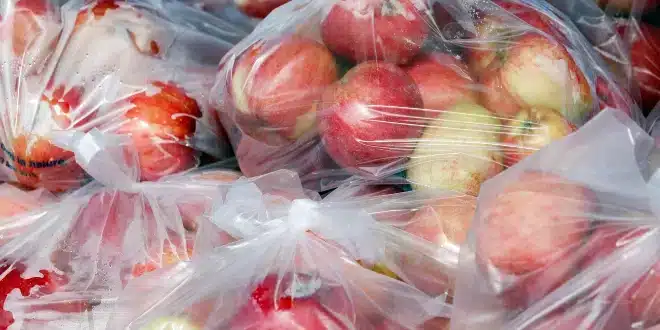A recent study published on Tuesday (Sep 17) revealed that over 3,600 chemicals used in food packaging or preparation have been detected in the human body. While some of these chemicals are known to pose health risks, little is understood about many others.
Birgit Geueke, the lead author from the Food Packaging Forum Foundation, noted that around 100 of these chemicals are classified as high-risk to human health. Among them are PFAS and bisphenol A, which have been extensively studied and found in humans. Both chemicals have already been targeted by bans in various regions.
Geueke told AFP that the health effects of many other chemicals are not well known and called for more research to understand how these substances from packaging may be ingested with food. The research team had previously identified around 14,000 food contact chemicals (FCCs) that can migrate into food from packaging made of materials such as paper, glass, metal, and plastic. These chemicals can also be transferred from other sources like utensils and conveyor belts used in food processing.
When searching through biomonitoring databases, the researchers expected to find a few hundred FCCs, but they were surprised to identify 3,601 — approximately a quarter of all known FCCs. Geueke emphasized that not all these chemicals necessarily come from food packaging; other exposure sources may be involved.
Notably, the study detected bisphenol A, a hormone-disrupting chemical often used in plastic production. Bisphenol A has already been banned in baby bottles in many countries. Phthalates, another chemical linked to infertility, was also found, along with oligomers, byproducts of plastic production. Geueke stressed that there is little evidence about the health impacts of these chemicals.
Study Limitations
Geueke acknowledged that the study could not determine the concentration levels of the chemicals found in human bodies. However, she highlighted that chemicals do migrate from plastic to food, with some samples containing up to 30 different chemicals.
The findings of the study were published in the Journal of Exposure Science and Environmental Epidemiology.


